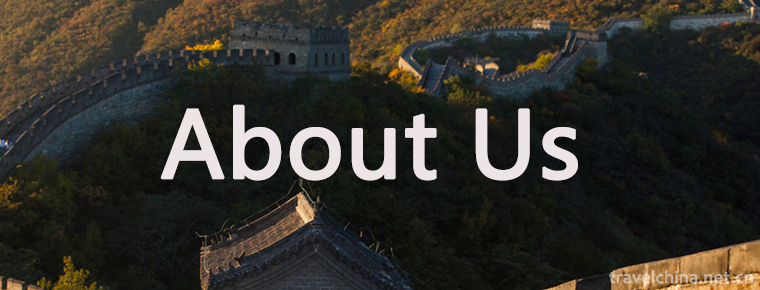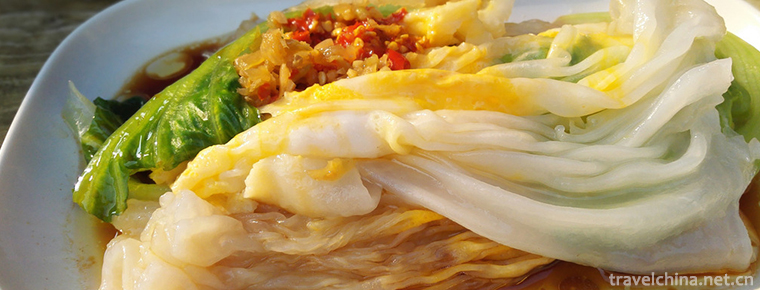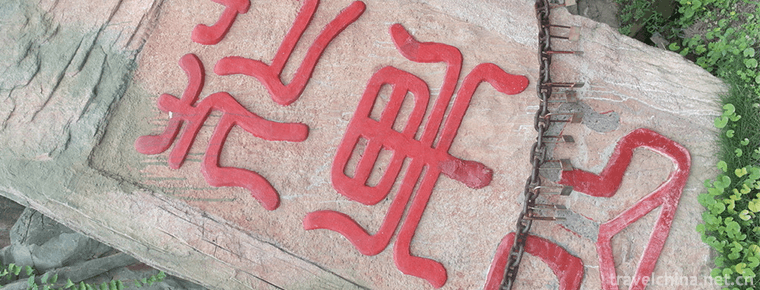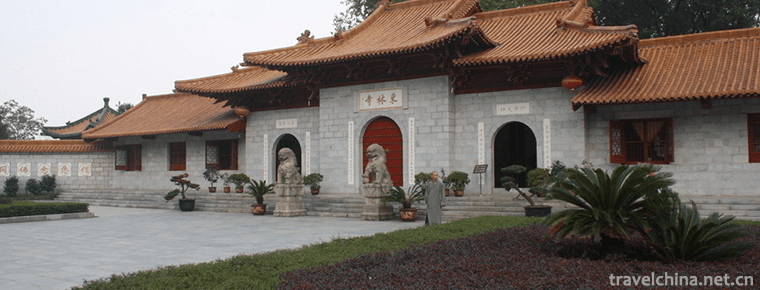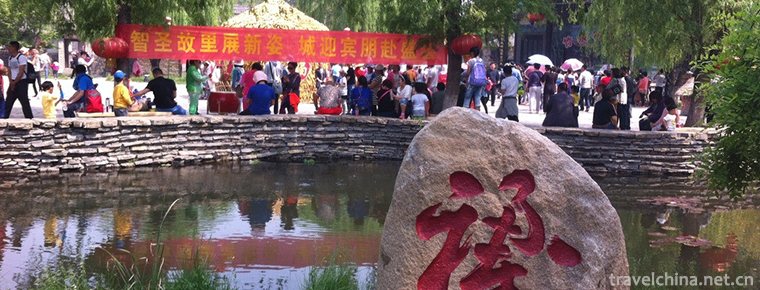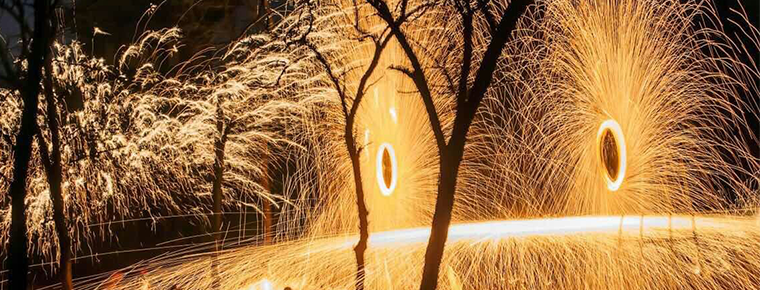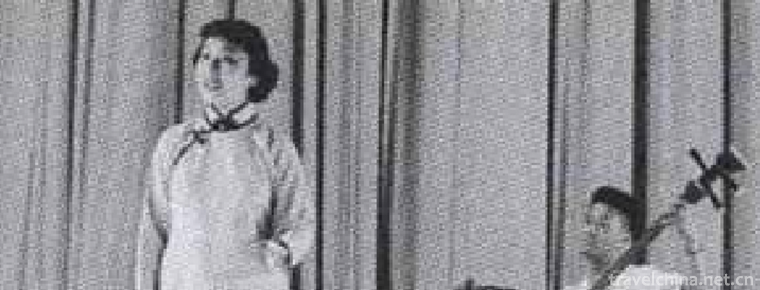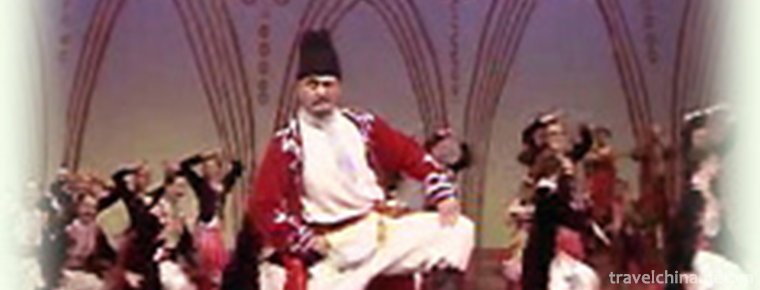Wu Anpings tune
Wu Anpings tune
Wu'anping DiaoLaozi is the general name of Wu'anping DiaoLaozi and Wu'anluozi. It is a local traditional drama in Hebei Province and one of the national intangible cultural heritages.
Wu'anping DiaoLaozi originated in the late Ming and early Qing Dynasty. Wu'anping DiaoLaozi and Wu'anluozi are two unique local operas in Wu'an City, Hebei Province. They are often performed together. They are commonly called Wu'anping DiaoLaozi and are mainly spread in Handan and Xingtai in southern Hebei Province. Wu'an Pingtao belongs to Bangzi tune system. It has melodious tune, fluent melody and unique style. It has adagio, 28 boards, scattered boards, flowing boards and planting boards. Wu'anluozi's aria has a variety of aria, such as adagio, high aria, dolls, sad aria, fans and so on. It has the characteristics of oral rap and is closely connected with local dialects.
On May 20, 2006, Wu'anping Tiaolaozi was approved by the State Council of the People's Republic of China to be included in the first batch of national intangible cultural heritage lists, with the heritage number IV-52.
historical origin
Wu'anping tune is the general name of "Wu'anping tune" and "Wu'anluozi". Wu'anping tune and Wu'anluozi are two local operas unique to Wu'an City, Hebei Province. They often perform together and are customarily called Wu'anping tune.
Wu'an Pingtao, commonly known as the Grand Opera, was produced in the late Ming and early Qing Dynasties. It is the combination of Huai Diao in Henan Province and Wu'an local folk music (cultural heritage network). Most of the Pingtao artists are farmers in Wu'an County. Therefore, Pingtao mainly adopts rhymes based on Wu'an dialect, some operas and some characters even use Wu'an dialect entirely. Whether it is historical story play or folk story play or myth story play, the local flavor and folk literature color are particularly strong. Wang Baochai in Panpo, through the processing and creation of peasant artists, not only shows her noble and impoverished character, but also shows that she is a shrewd, honest peasant woman with peasant thoughts and feelings. The cordial and interesting Wu'an dialect reveals the local flavor everywhere, forming the pure and simple style of Wu'an Ping Dialect.
Wu'an Luozi, formerly known as Lotus Flower Fall, was developed from the popular folk "flower singing" in Wu'an in the late Qing Dynasty. The origin and development of Wu'anluozi has a long history. According to the local volume of Wu'an County Chronicle in Jiajing period of Ming Dynasty, "The folk Valley Music overflows widely, and the tragic songs are easy to be buried." This kind of folk music is the dance singing such as "the trembling fragrance of the green moon" and "beating the bully whip" popular in Wu'an area at that time. It is the embryonic form of Wu'anluozi. Initially, this kind of folk art had no fixed format and was used to singing in collective occasions. Later, after oral transmission, processing, sorting out and gradually forming a Laozi tune with a fixed tune by artists.
Cultural characteristics
Music for voices in a Chinese Opera
Wu'an Pingtao belongs to Bangzi tune system. It has melodious tune, fluent melody and unique style. It has adagio, 28 boards, scattered boards, flowing boards and planting boards.
Wu'an Luozi's aria has a variety of patterns and tones, such as adagio, high-pitched aria, dolls, sad aria, fans and so on. It has the characteristics of oral rap and is closely connected with local dialects.
Character and profession
Wu'an Pingdao has a full range of roles, including Hongsheng, Xiaosheng, Laosheng, Paisheng, Qingyi, Xiaodan, Caidan, Laodan, Big Face, Second Face, Three Flower Faces, Miscellaneous Flower Faces and so on. They are collectively called "Four Beams and Eight Columns" or "Four Lives and Four Flowers and Four Flowers Faces", among which the most are Hongsheng, Xiaosheng, Dan and Big Face.
Wu'an Luozi has a complete set of roles, including Xiaodan, Qingyi, Xiaosheng, clown, Laosheng and so on. However, the division of labor is not very strict, and some acts can often be performed concurrently.
language
Most of the artists in Wu'an Pingdao are farmers in Wu'an County. Therefore, Pingdao mainly adopts rhymes based on Wu'an dialect, some plays, and some characters even use Wu'an dialect completely. Whether it is historical story play or folk story play or myth story play, the local flavor and folk literature color are particularly strong.
Wu'an Luozi uses Wu'an spoken language and is rich in folk songs. In the performing arts, it is rough and bold, but also exquisite, showing the natural and lifelike life. Formally, short and lively, simple tune, easy to understand and learn. Walking, meeting and working can sing a few words.
Accompanied instruments
In the early stage of Wu'an Pingdao, the main accompaniments were Erhu, Zhonghu, Suona, flute and so on. In addition to common percussion instruments, there were gongs, cymbals, cymbals and drums in Wuchang, which were called "four big fans".
In Wu'an Luozi's early stage, only gongs and drums were accompanied, and cymbals, flutes, banhu, erhu and Sheng were added. Wu An Luozi's melody is graceful, broad and bright, with strong local flavor.
perform
Wu'an Pingdao's martial arts are self-contained, bold and unconstrained, with a fierce folk martial arts spirit. The performance is based on Wu'an dialect, and some even use it completely. The style is honest and simple, with a strong local flavor.
Wu'an Luozi's performances are not based on martial arts and traditional opera, but on folk dances and activities such as Yangko and stilts, which are integrated into the drama, singing and dancing, expressing feelings in narrative, humorous and interesting, lively and free.
Representational repertoire
Up to 2006, there are more than 200 traditional operas in Wu'an Pingdao. The most influential ones are "Three Entries", "Yao Gang Zhengnan", "Dong Jialing", "Tian He Pai", "Three Up Jiao", "Peach Blossom Ancient", "Zhu Yanrong and Hanging Filial Piety", "King Zhao", "Sima Yiguanshan", "Jingde Backwhip", "Sweeping Hongzhou", "Anti-Jizhou", "Trial Horse". Rong, Visiting Jichang, etc.
Up to 2006, Wu'anluozi has more than 140 traditional plays, including "borrowing flute", "Lv Meng Zheng Zhai", "changing wives for young and old", "Little New Year", "borrowing", "Blue Bridge Club", "He Wenxiu", "Wang Xiao Jiao", "making donkeys", "kneeling flower hall", "making a study", "hanging in the computer room", "top lamp". "Ann Sends Rice" and so on.
Distribution area
The popular areas of Tiaolaozi in Wu'anping are southern Hebei, Handan, Xingtai, Anyang in northern Henan, Xinxiang and Changzhi in southeastern Shanxi. Frequently active areas are Wu'an, Shexian, Cixian, Handan, Yongnian, Shahe, Xingtai, Quzhou, Daming, Chengan, Linzhang, Anyang, etc.
Inheritance and Protection
Inheritance value
The influence of Wu'anping tone fallen son is far-reaching, and it has blood relationship with Ninghai tone, Tonghua fallen son, Shangdang fallen son and Neihuang fallen son. Its main instruments, the second string and the rolling of the piano, are unique in the country and have high research value.
Wu'anping Diaozi is also a rare form of drama in Wu'an area.
Current situation of inheritance
1. Affected by the climate, the professional theatre troupes of Pingtao Laozi have entered a low ebb since the 1990s. Their wages are not guaranteed, and their performances are unable to proceed normally because of the excessive loss of personnel.
2. The costume props of professional troupes are obsolete, and the traditional repertoire and singing skills are on the verge of being lost.
3. Professional troupe talent gap, middle-aged actors have changed careers, young actors lack, no one succeeds.
4. With the death of some old artists, many precious image materials have not been preserved, so it is urgent to rescue these materials.
Nowadays, Wu'anping Diaozi has more than 100 professional and semi-professional theatre troupes, which are active in many towns and villages in Hebei, Shanxi and Shaanxi provinces.
Heritage figures
Du Yinfang, male, Han nationality, born in 1942 in Wu'an City, Hebei Province, is the representative successor of the second batch of national intangible cultural heritage projects.
Chen Huaishan, male, Han nationality, born in 1957, Yetao Village, Yetao Town, Wu'an City, Hebei Province, is the representative inheritor of the second batch of national intangible cultural heritage projects.
protective measures
In 1945, the Party and the government enriched and adjusted the lineup of the Wu'an Laozi troupe from the organizational point of view. They successively selected famous actors Li Xiuqi (artistic name ringing bell), Wei Hongchang, Zhang Yingqi, Lu Hongzhen and Guo Wenwu (artistic name Luo Guohongfu) to work in the troupe to inherit Wu'an Laozi.
In 1949, the Handan Special Area of Hebei Province focused on the cultivation of Wu'an Pingdao and Laozi operas. A number of new literary and artistic workers and professional opera cadres were sent to the Handan Pingdao Opera Troupe to dig out and sort out the operas and music of Pingdao Laozi.
In 1958, Handan Opera School set up a special sub-class of Ping Diao Lao, which trained Fang Zhibin, Li Shulan and other new actors.
social influence
Honorary recognition
In 2001, Sending a Girl won the gold medal of the 11th National Star Award.
In 2007, Du Yinfang's "Erga Egg Return to Home" won the 14th "Stars Award".
social activities
In 1954, the Wu'an County People's Theatre Troupe, under the vigorous guidance of the provincial repertoire group and the provincial sound work group, participated in the first opera performance in Hebei Province with the flat tune of "Two Wolf Mountains", "Tianxian Pair" and "Louzi's Borrowing Curls" and "Unlocked Man". It won three script awards, two music awards, one director award, one performance award and one dragon set award. .
In 1959, the modern opera "Alpine Flowing Water" and the traditional opera "Panpo" and "Duanhua" participated in the second opera performance of Hebei Province, which was well received by the General Assembly.
Around 1962, the large-scale modern drama "Li Shuangshuang" was adapted for the performance of Laozi Opera.
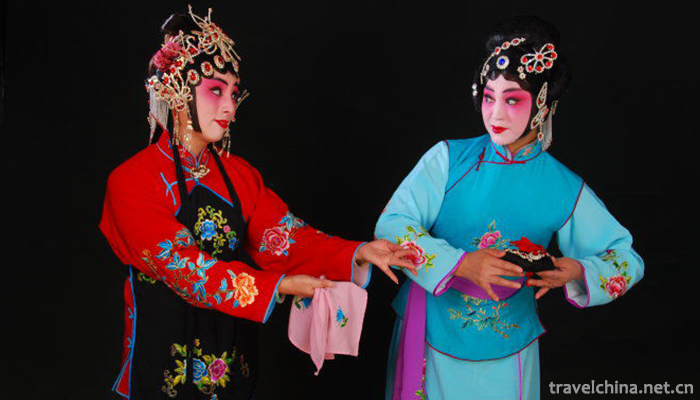
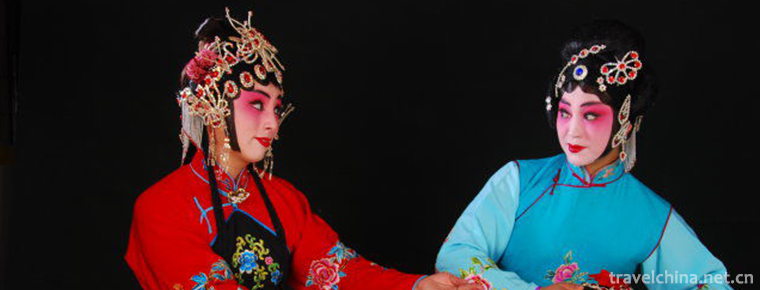
Wu Anpings tune
-
About Us
If you are interested in Chinese culture, Beautiful Scenery and Delicious Food, Welcome to China.
Views: 481 Time 2018-09-28 -
steamed vermicelli roll
Intestinal powder originated in Luoding, Guangdong Province, has been spread throughout the country. According to geography (taste), it can be distinguished from the well-known
Views: 428 Time 2018-11-02 -
MountHuaguoshan
Mount Huaguoshan (Lianyungang Huaguoshan Scenic Area) is located at the middle foot of Nanyuntai Mountain in Lianyungang City.
Views: 302 Time 2018-12-06 -
Donglin Temple
Donglin Temple, located at the foot of Lushan Mountain, Jiujiang City, Jiangxi Province, is 16 kilometers north of Jiujiang City and 50 kilometers east of Lushan Luling Street. Because it is east of X
Views: 160 Time 2018-12-20 -
Zhuquan Village Tourist Resort
Zhuquan Village Resort is located in the north of Yinan County, Shandong Province, 12 kilometers away from the county. It was called Quanshangzhuang in Yuan and Ming Dynasties and was renamed Zhuquan
Views: 180 Time 2019-03-21 -
Iron flower
Tiehua is a kind of fireworks which spread in the folk traditions of Henan and Jin Dynasties. It has a long history which can be traced back to the Spring and Autumn Period and the Warring States Peri
Views: 233 Time 2019-04-23 -
Single string ziqu contains bifurcation
Single string ziqu, quyiqu. It is popular in Beijing, Tianjin, North China and Northeast China. During the reign of Guangxu in Qing Dynasty, folk artists compiled their own lyrics with octagonal drum
Views: 259 Time 2019-04-25 -
Legend of Liu Bowen
Liu Bowen's legend is based on the traditional folk oral literature of Liu Ji, a historical figure, spread throughout the whole country in eastern Zhejiang, with Qingtian, Wencheng and other southern
Views: 432 Time 2019-05-13 -
Nazikum
Nazikum is a folk dance performance that combines instrumental performance, competitive performance, mime performance and rap. The unique squatting dance is the leading style in Uygur folk songs and d
Views: 162 Time 2019-06-07 -
Anhui Agricultural University
Anhui Agriculture University is located in Hefei, capital of Anhui province. Center Urban area Key universities in Anhui By Ministry of agriculture and rural People's Republic of China State Forestry
Views: 227 Time 2019-10-10 -
Bozhou University
Bozhou College (Bozhou University), for short, is located in Bo Yuan. Anhui Province Bozhou City By the state Ministry of Education Approved full-time full-time undergraduate institutions.
Views: 171 Time 2019-11-08 -
Suining economic development
In 2019, Suining's GDP will reach 134.573 billion yuan, an increase of 8.1% over the previous year (the same below) at comparable prices. Among them, the added value of the primary industry was 18.521 billion yuan, an increase of 2.7%; the added value of the
Views: 368 Time 2020-12-16
